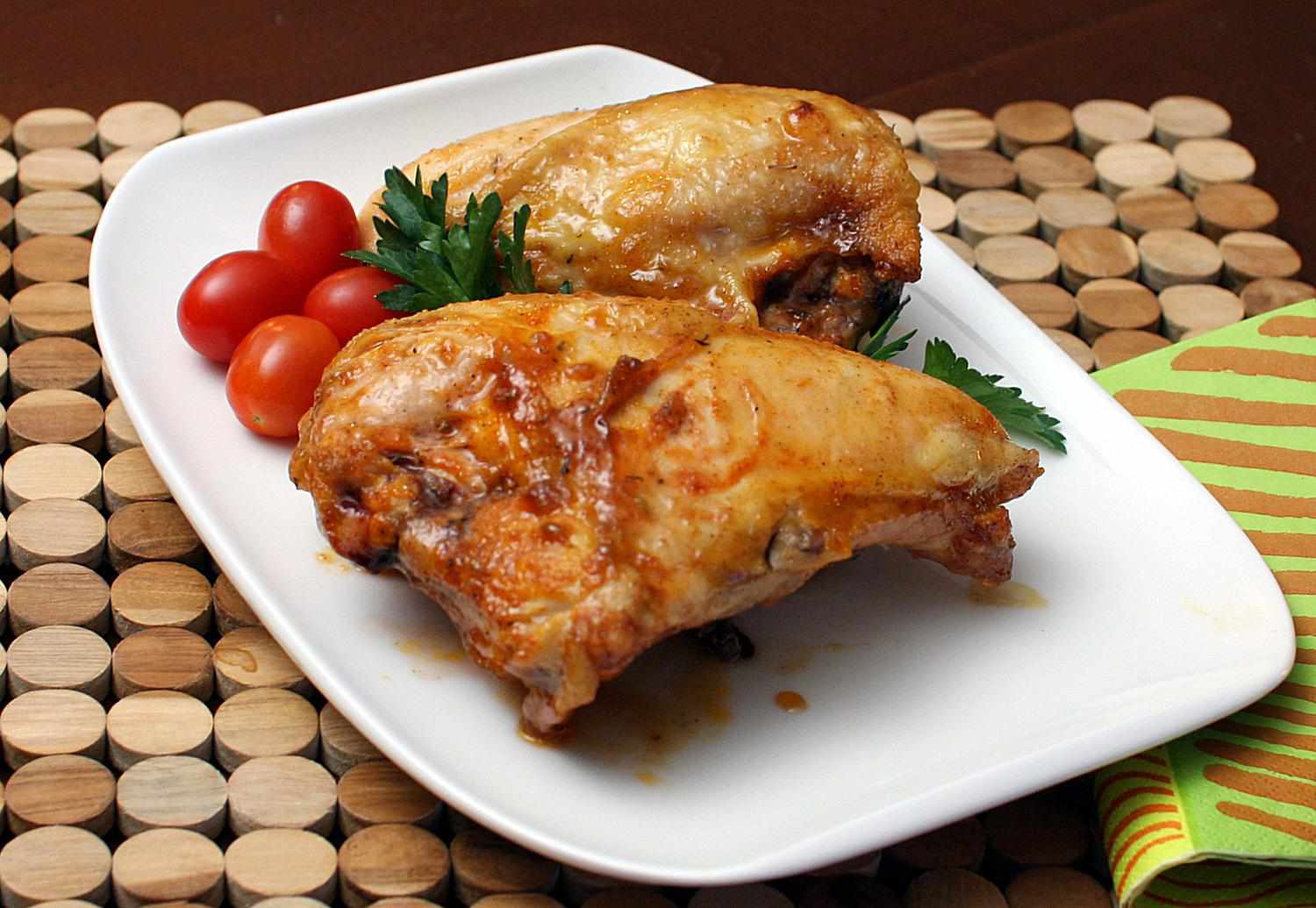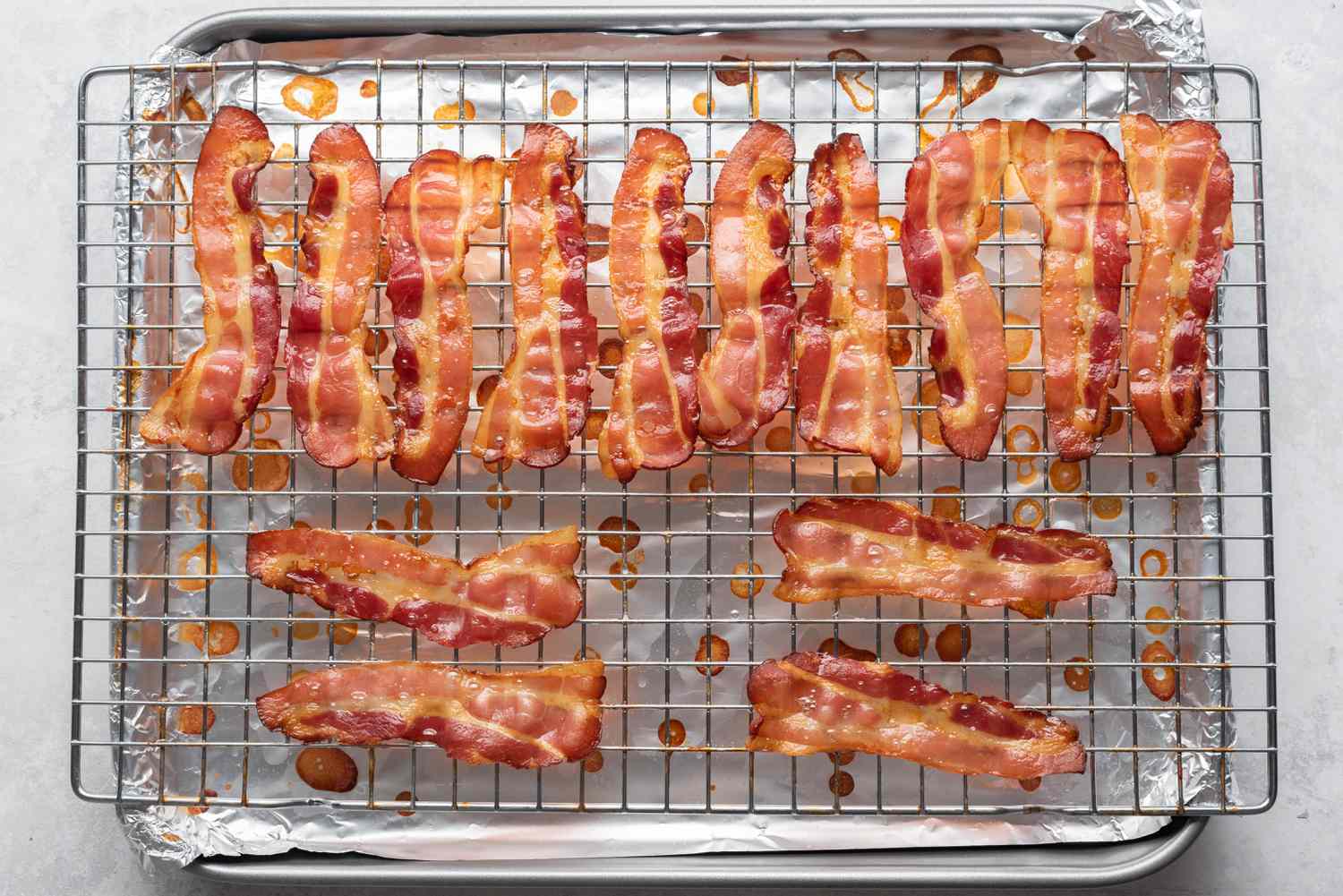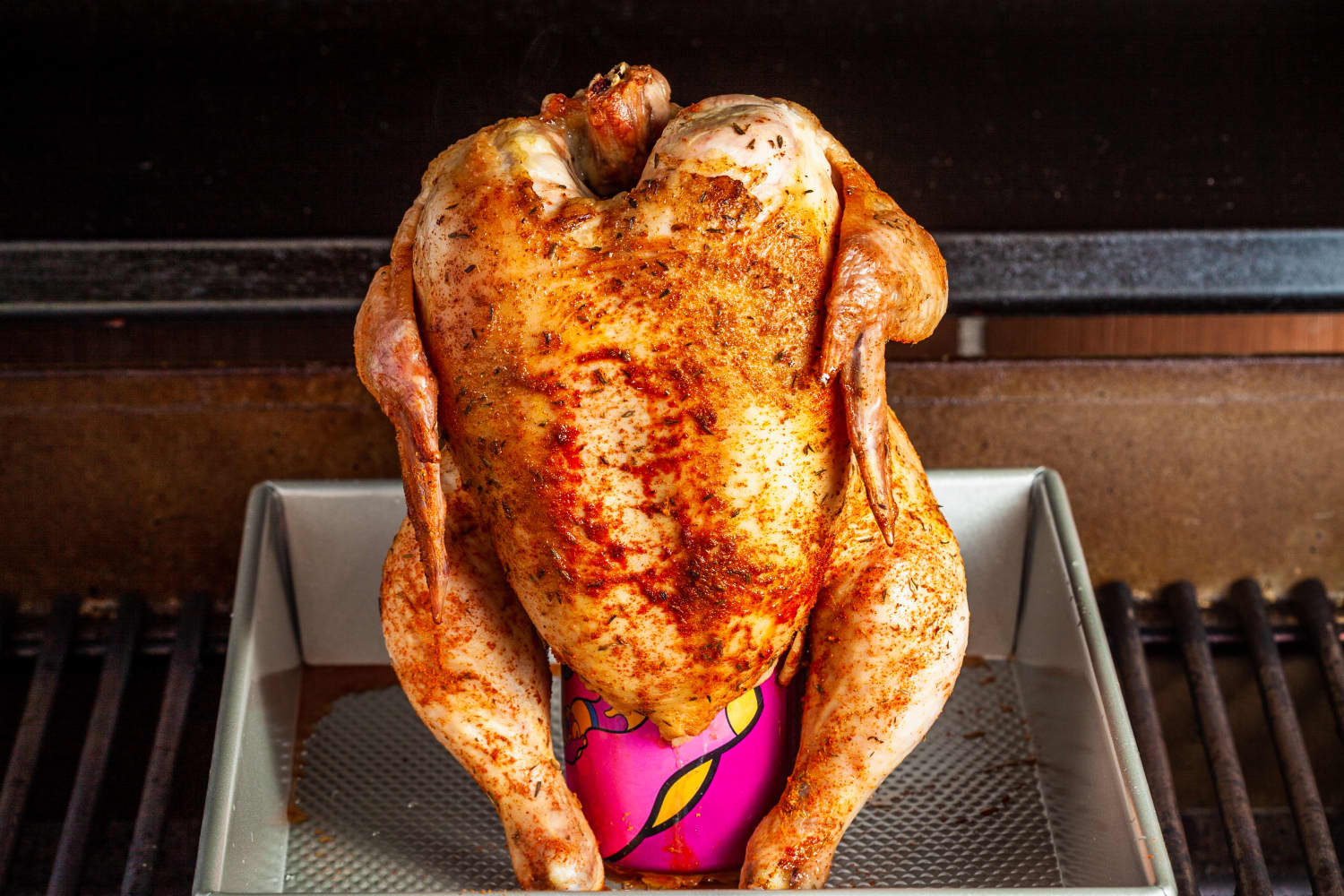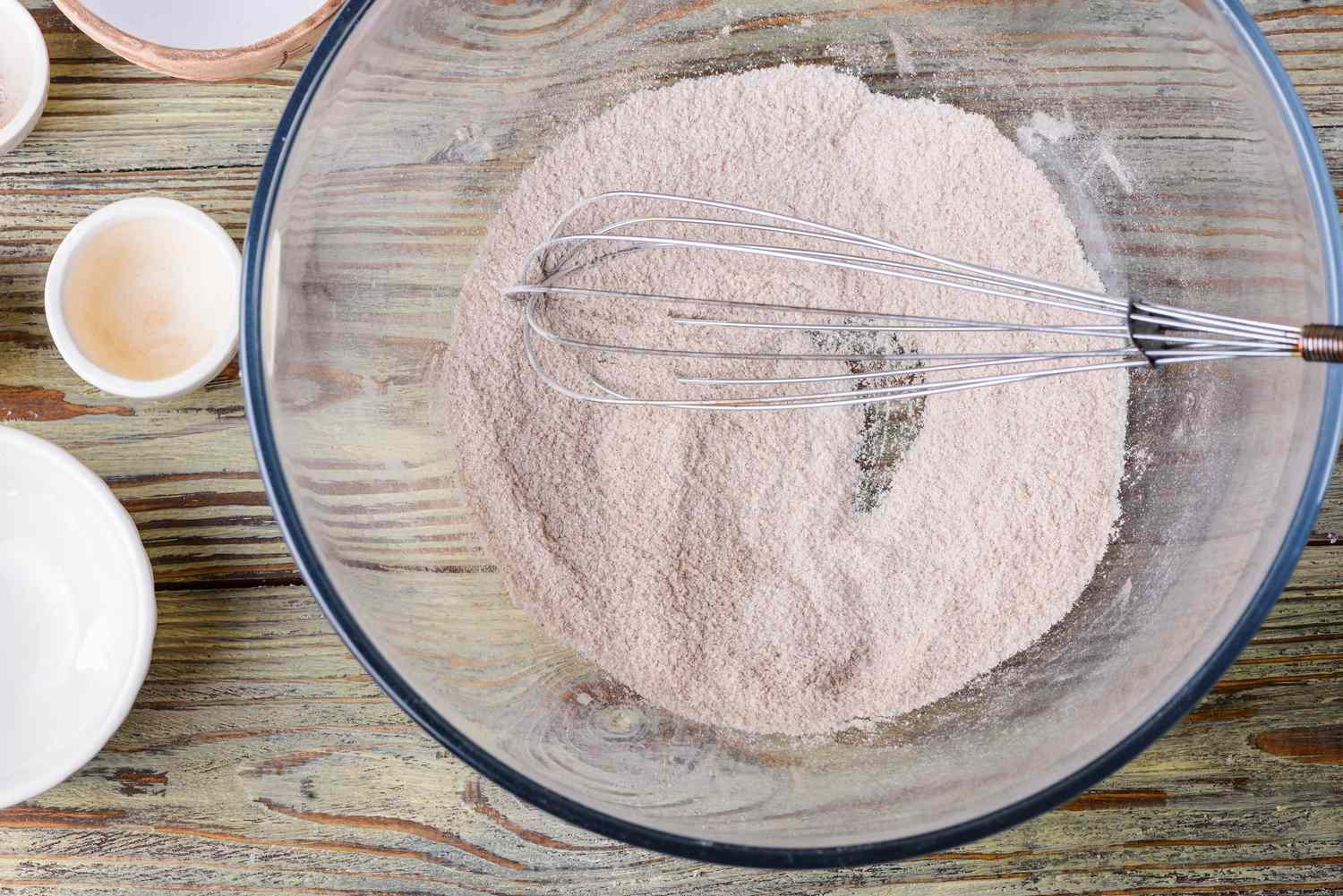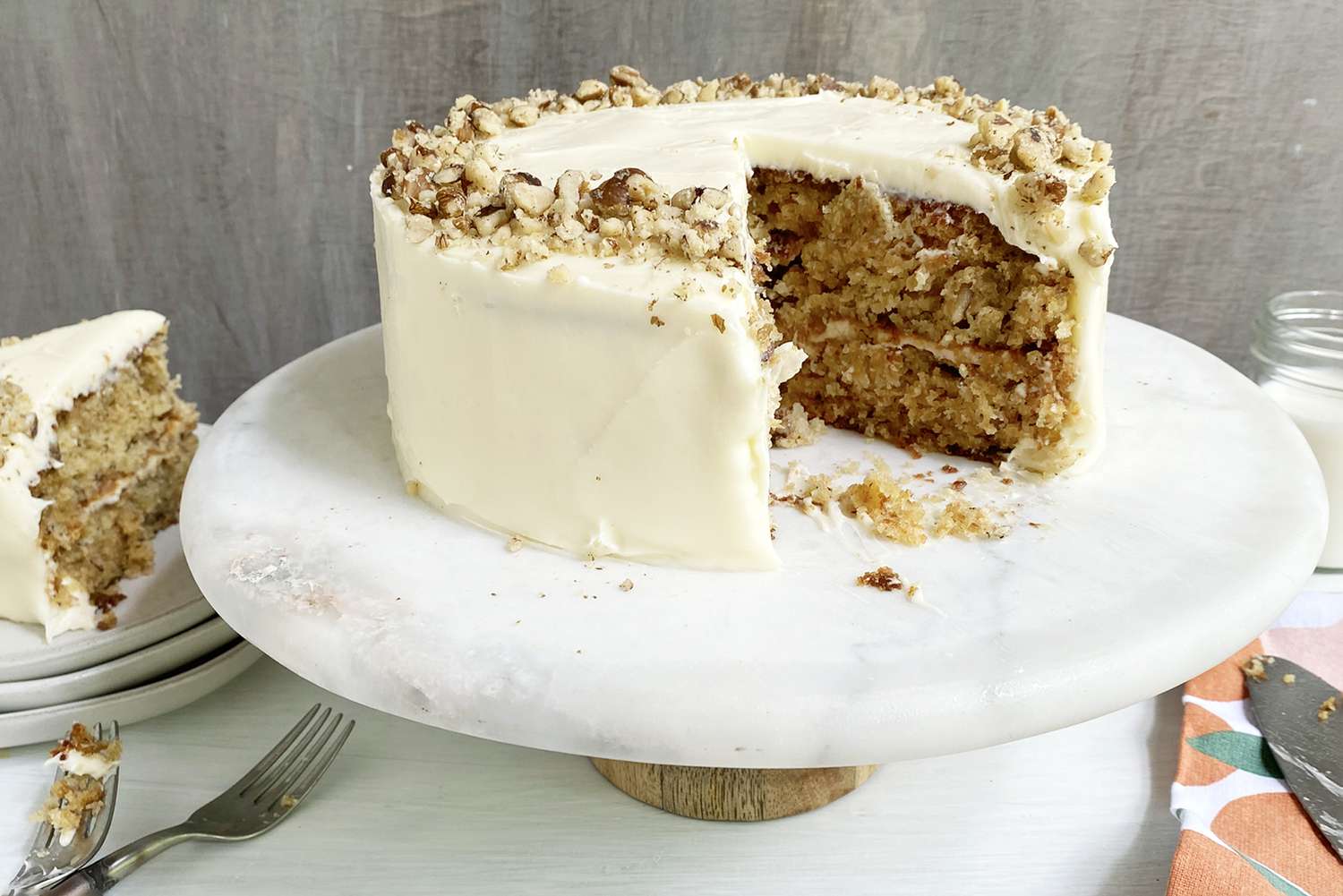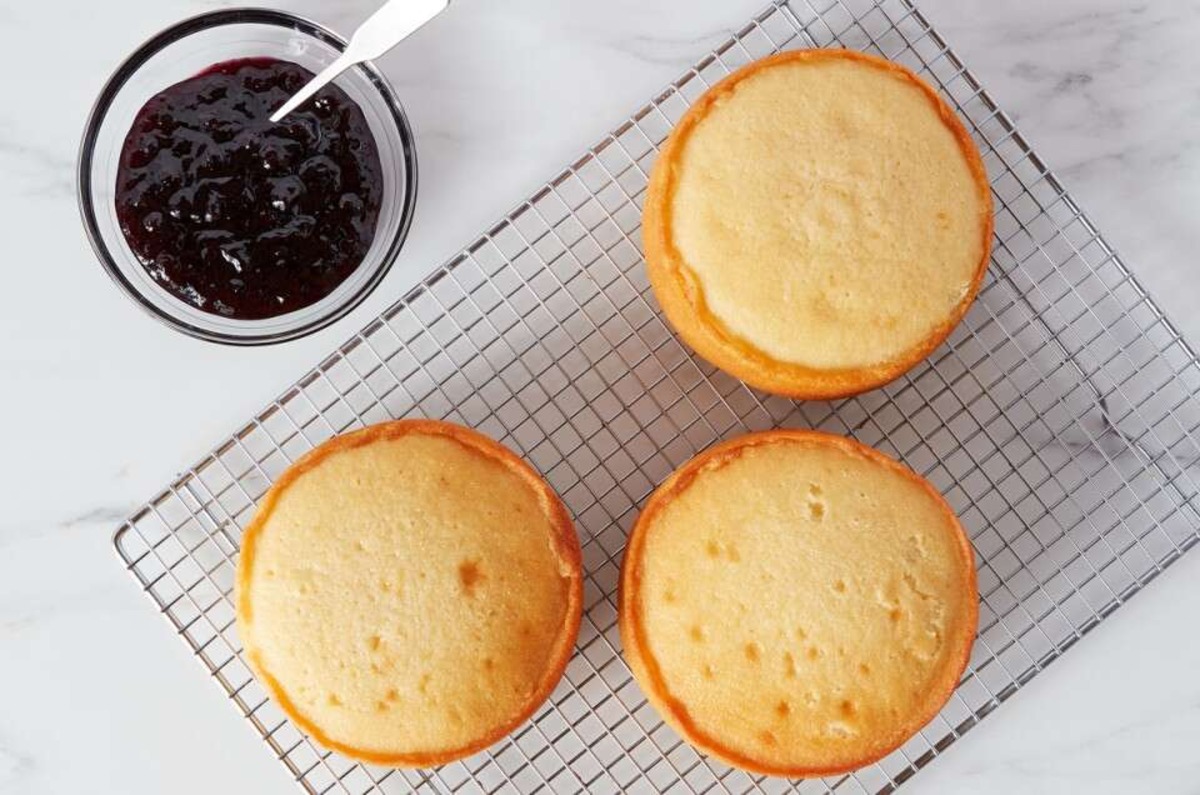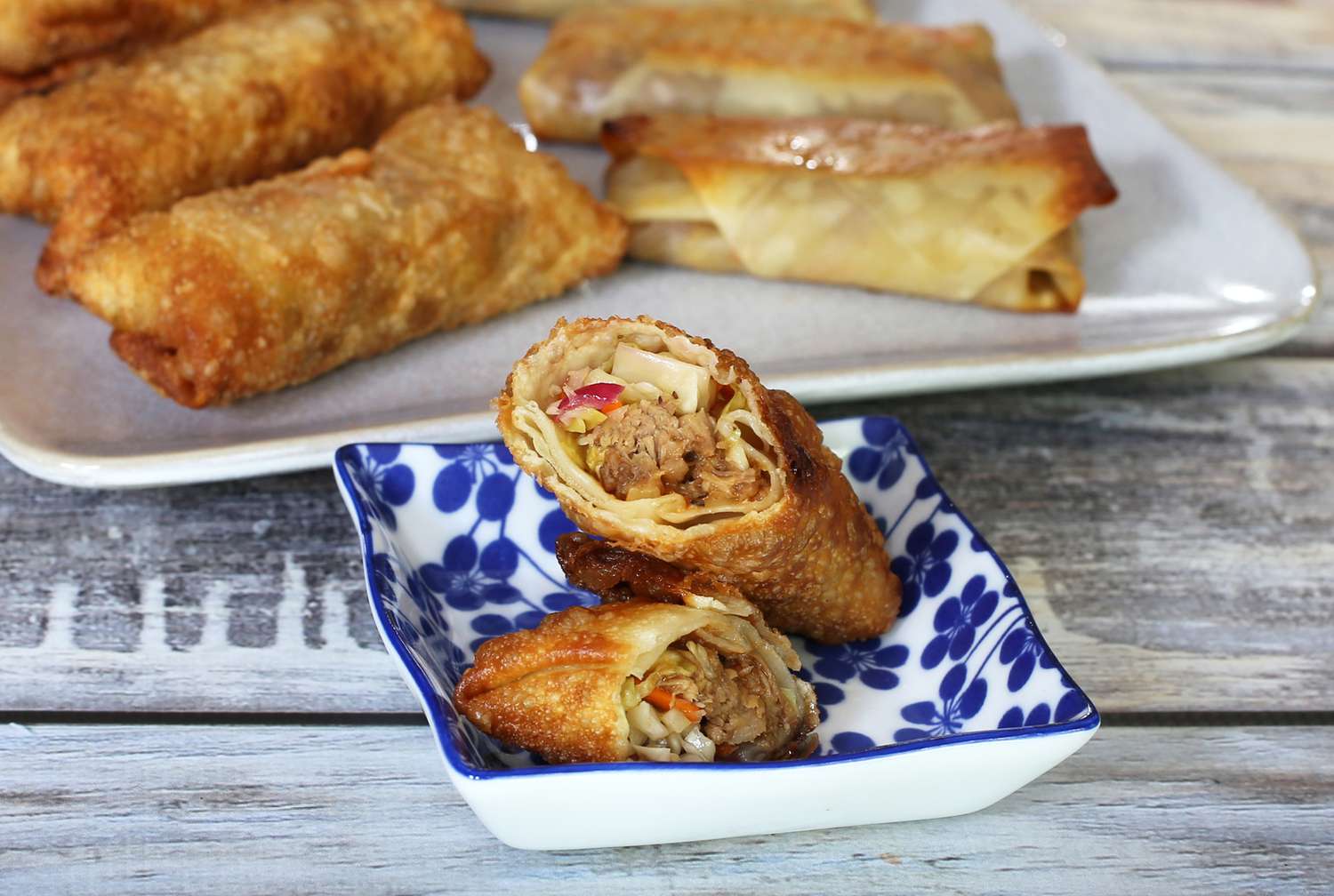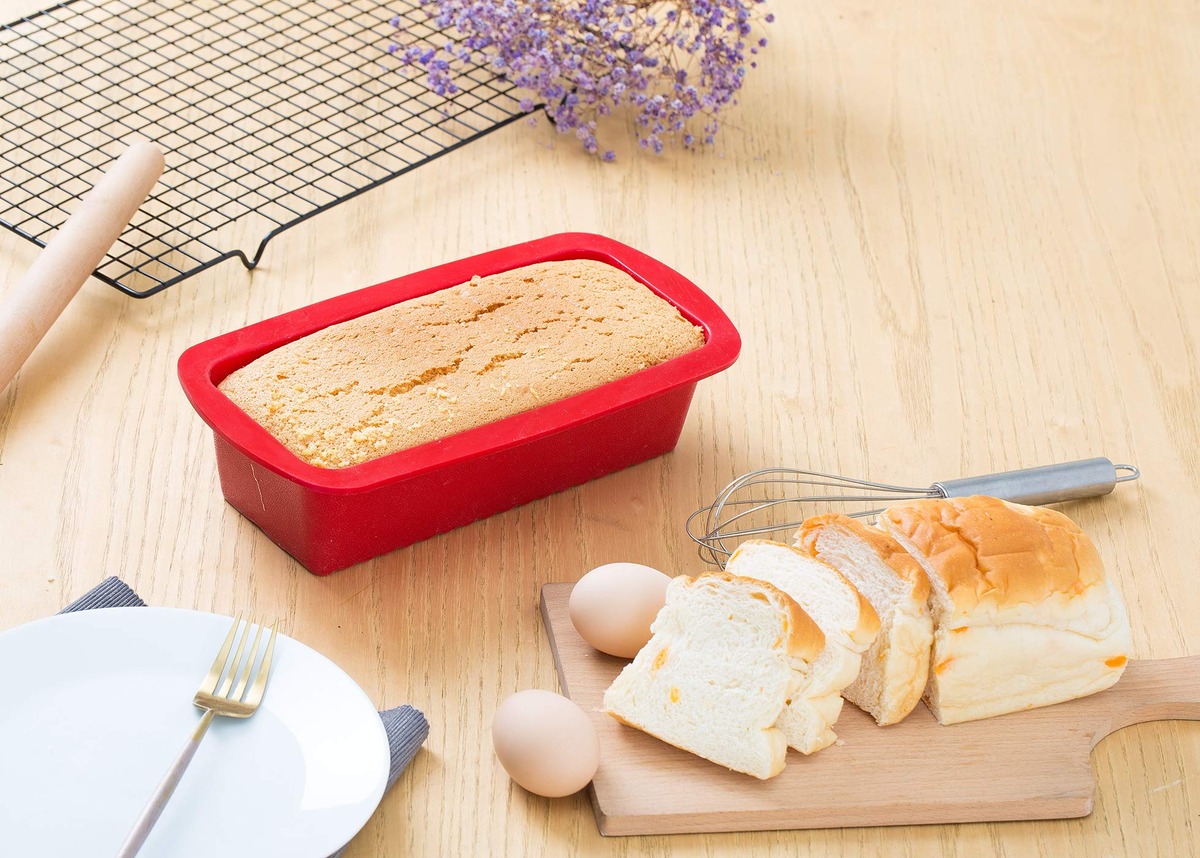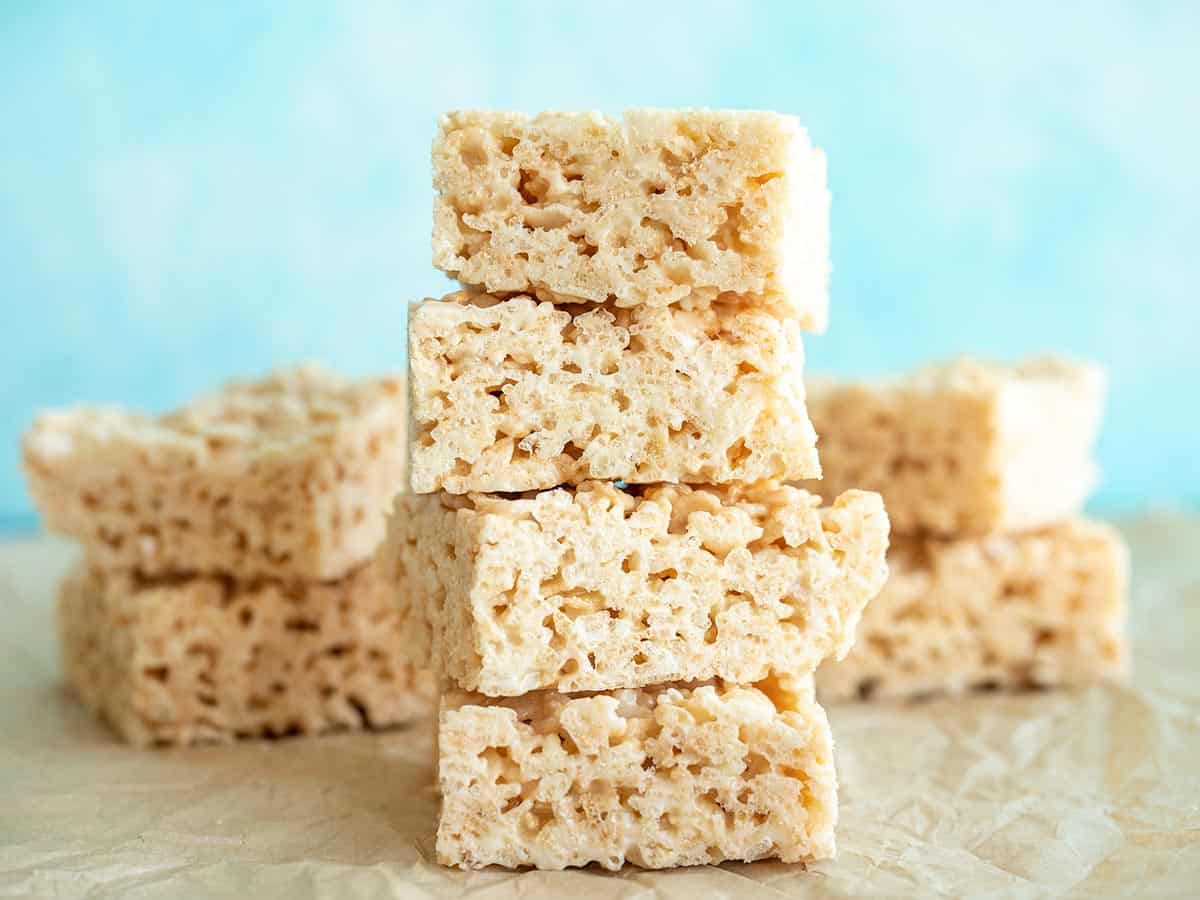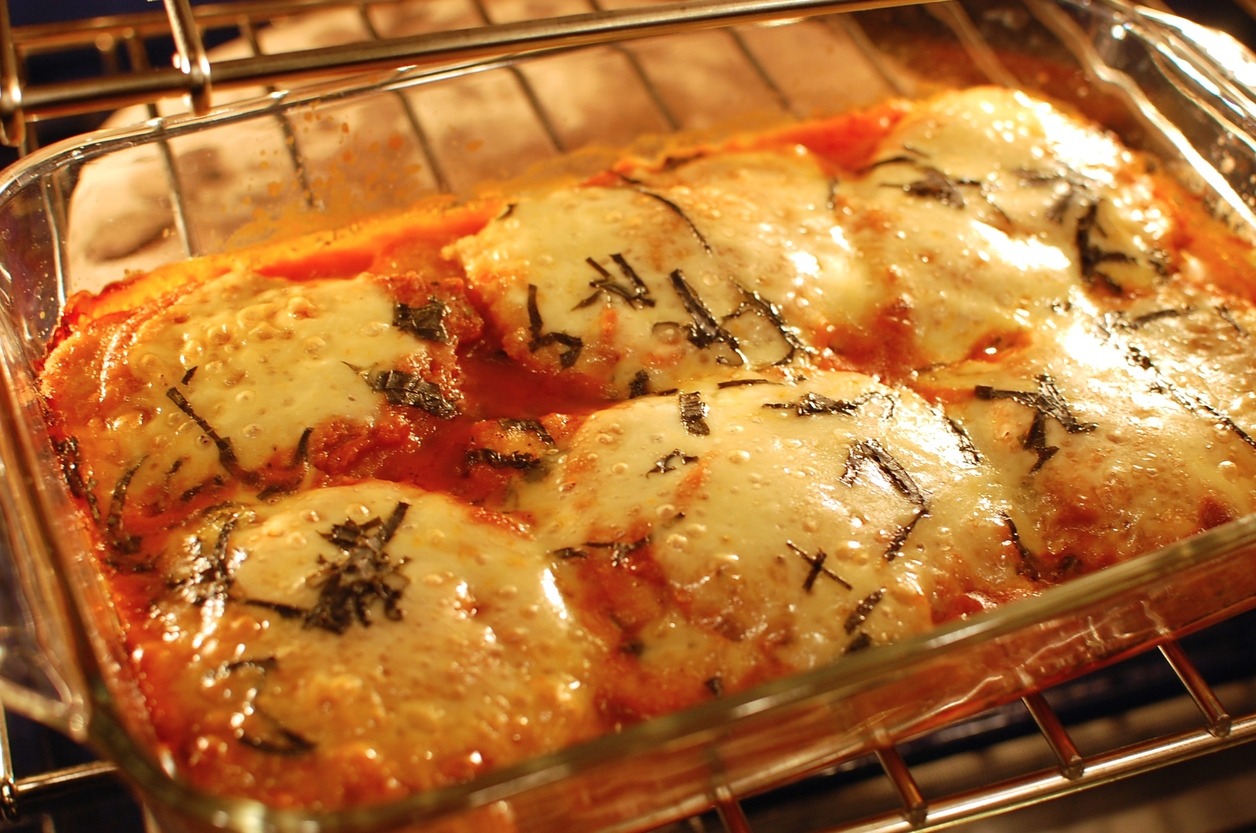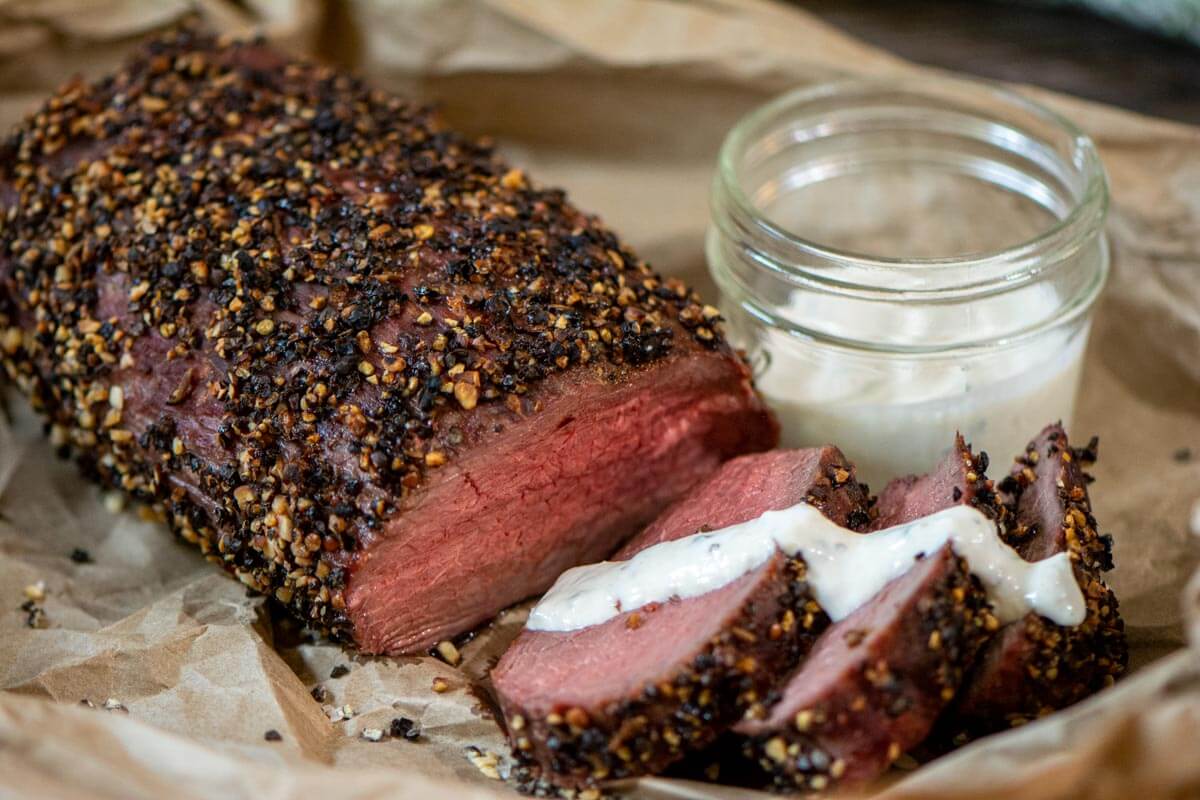Welcome to the Ultimate Guide on Baking Healthy Homemade Bread
There’s nothing quite like the aroma of freshly baked bread wafting through the house. The good news is that you can enjoy this experience while still maintaining a healthy diet. By following a few simple tips and tricks, you can bake delicious homemade bread that is both nutritious and satisfying.
Choose the Right Ingredients
When it comes to baking healthy bread, the ingredients you use make all the difference. Opt for whole grain flour instead of refined white flour. Whole grain flour contains the entire grain, including the bran and germ, which are rich in nutrients and fiber. Additionally, consider using natural sweeteners like honey or maple syrup instead of refined sugar.
Here are some key ingredients to consider:
- Whole grain flour
- Natural sweeteners
- Healthy fats such as olive oil or avocado oil
- Seeds and nuts for added texture and nutrition
Experiment with Different Flours
Don’t be afraid to get creative with your flour choices. While whole wheat flour is a popular option, there are many other nutritious flours to explore. Almond flour and coconut flour are great choices for gluten-free bread, while spelt flour offers a nutty flavor and a boost of protein.
Include Nutritious Add-Ins
Enhance the nutritional value of your bread by incorporating healthy add-ins. Chia seeds, flaxseeds, and sunflower seeds are excellent choices, as they are packed with omega-3 fatty acids, fiber, and antioxidants. You can also add grated carrots, zucchini, or mashed bananas for a dose of vitamins and minerals.
Limit Added Salt and Sugar
While a touch of salt and sugar can enhance the flavor of your bread, it’s important not to overdo it. Excessive salt consumption has been linked to high blood pressure, so it’s best to use minimal salt in your bread recipe. Similarly, try to reduce the amount of sugar called for in the recipe, or experiment with natural alternatives like mashed ripe bananas or unsweetened applesauce.
Use a Light Hand with Fats
Fats are an essential component of bread, providing moisture and richness. However, it’s important to use them in moderation. Opt for healthy fats such as olive oil, avocado oil, or coconut oil, and use them sparingly. These fats not only contribute to the overall flavor of the bread but also offer health benefits.
Experiment with Different Leavening Agents
Traditional bread recipes often call for commercial yeast as a leavening agent. While yeast is perfectly fine, consider experimenting with natural leavening agents such as sourdough starter or baking soda. Sourdough bread, in particular, offers unique flavor profiles and may be easier to digest for some individuals.
Conclusion
Baking healthy homemade bread is a rewarding experience that allows you to control the quality of ingredients and tailor the bread to your nutritional needs. By making thoughtful choices when selecting ingredients and experimenting with different flavors and textures, you can create bread that is both delicious and nourishing. So, roll up your sleeves, preheat the oven, and get ready to enjoy the wholesome goodness of homemade bread!
Was this page helpful?
Read Next: How To Bake Homemade Hash Browns In The Oven
